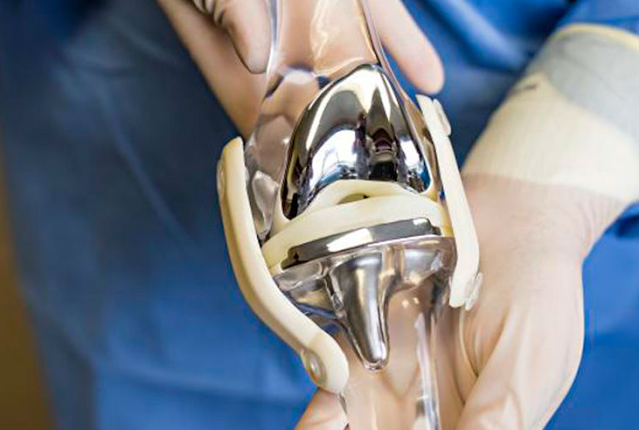Effective Tips To Recover From Your Knee Replacement Surgery
With more than 600,000 Americans undergoing knee replacement surgery every year, post-operative care has become important now more than ever. Although the reported cases of infections or any other complications related to knee replacement surgery across Cancun, Mexico have been negligible, yet it would be unwary to not consider its possibility. Whether you are looking for a quality and reasonable knee replacement surgery for your arthritis problem, or a disease such as gout, hemophilia, or maybe to correct an injury during a professional game, these few tips will ensure proper recovery and strengthening of your knee.
Post- Surgical Care For Your Knee Replacement Surgery
For the first three days, you will be receiving care and rehabilitation from your hospital and your staff. Under the guidance of a physical therapist, you will be assigned certain mobility exercises and learn to walk with the help of assistive devices such as crutches, walkers, and sticks. Mild pain, bruising, and swelling is quite natural after the surgery. Apart from this, you will be receiving assistance to carry out your day-to-day menial tasks such as bathing, changing clothes, changing, and toilet visits. Once you are out of your hospital’s care, you need to follow the following tips for the next 10- 12 weeks:
- Make it a habit of practicing those recommended exercises on a regular basis to improve strength, flexibility, and mobility.
- As the pain recedes, you can move around more freely and your knee can stretch out straight completely and bend at 90 degrees. Incorporate more walking and try to increase the pace.
- Your doctor will give you a knee brace for a reason. You will need that support. Do not commit the foolishness of not wearing your brace. Your knee doesn’t have the strength to take the complete weight of your body or carry out even simple movements all by itself. A brace will give you that much-required protection and stability.
- As time goes on, your therapist will modify the exercises and add more intensity. These exercises may include heel/ toe raises, partial knee bends, hip adductions, leg balances, step-ups, and even a stationary bike routine.
As you can see, the key is to carry out rehabilitation activities regularly. It might seem like forever but a complete recovery is possible and is entirely based on your dedication. As per the American Association of Hip and knee surgeons, it can take up to 3 months to a year for one’s knee to return to its original resilient and strong state. The best thing would be to be in touch with your doctor throughout and follow his/ her advice.


Comments
Post a Comment